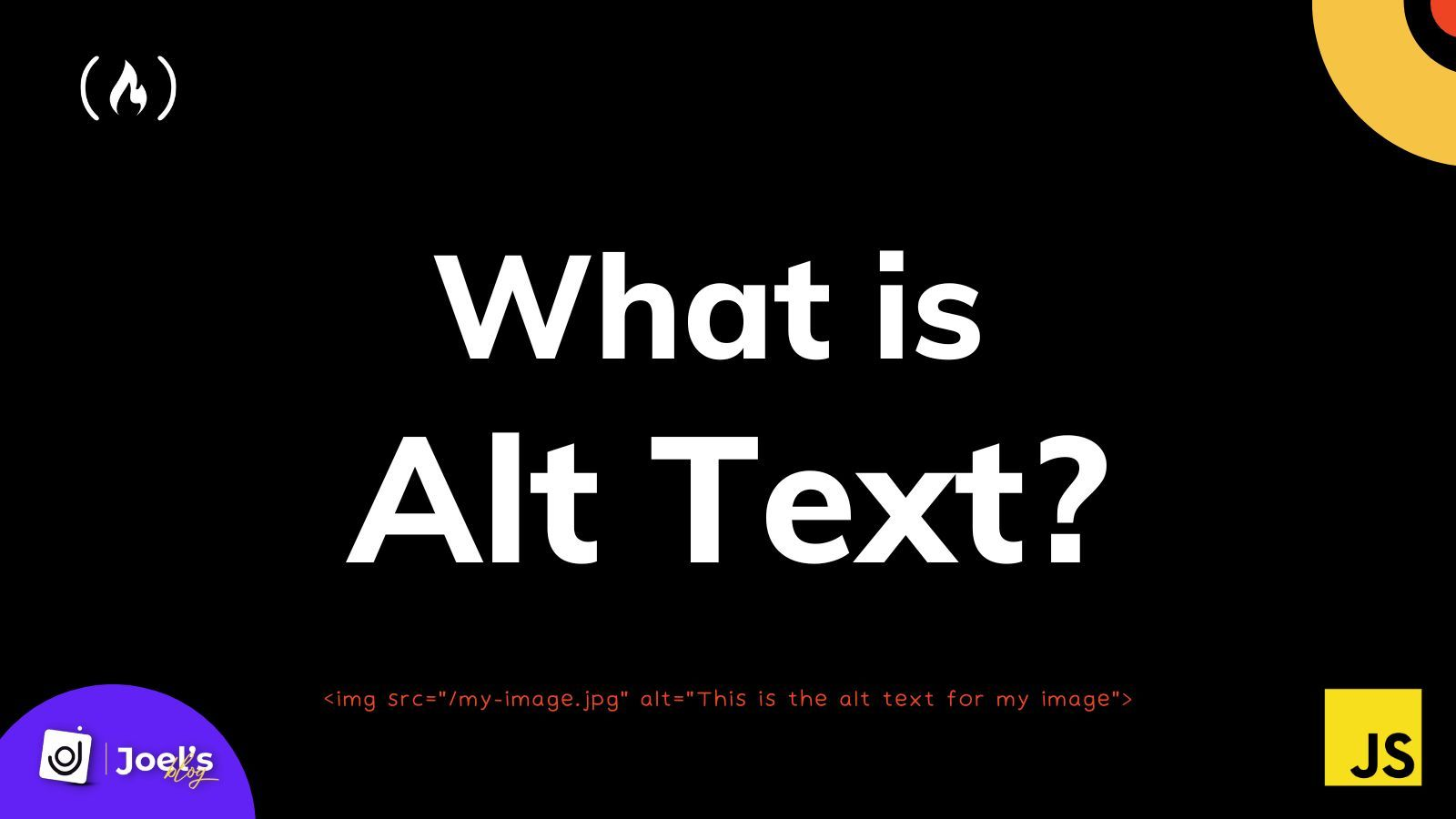In the digital age, images play a crucial role in enhancing content across websites, social media, and applications. However, not all users experience visuals the same way. This is where alt text, or alternative text, becomes vital. Alt text serves multiple purposes that enhance accessibility, improve SEO, and create a more inclusive online experience.
What is Alt Text?
Alt text is a textual description added to an image in HTML. It provides context to images for users who cannot see them, including those with visual impairments who rely on screen readers. By describing the content and function of an image, alt text ensures that everyone can access the information conveyed through visuals.Enhancing Accessibility
One of the primary purposes of alt text is to improve accessibility for individuals with disabilities. Screen readers use alt text to narrate images to users, allowing them to understand the content without seeing it. For example, if a website features an image of a sunset, the alt text might read, "A vibrant sunset over a mountain range with hues of orange and pink." This description helps users visualize the image and grasp its significance in the context of the content.SEO Benefits
In addition to accessibility, alt text is beneficial for search engine optimization (SEO). Search engines like Google use alt text to index images, helping them understand the content of a webpage better. This can improve a site’s visibility in search results, potentially driving more traffic. Well-crafted alt text should be descriptive yet concise, including relevant keywords without overstuffing.Best Practices for Writing Alt Text
- Be Descriptive: Provide a clear and concise description of the image. Focus on essential details that convey the image's content and context.
- Avoid Redundancy: If the image is purely decorative and doesn’t add meaning, you can use an empty alt attribute (alt="") to indicate that it can be ignored by screen readers.
- Use Keywords Wisely: Incorporate relevant keywords naturally but avoid forcing them into your descriptions. The primary goal is clarity and relevance.
- Keep it Concise: Aim for 125 characters or fewer. This keeps descriptions manageable for screen readers and aligns with best practices for SEO.
- Context Matters: Consider the context in which the image appears. Tailor the alt text to reflect its relevance to the surrounding content.
